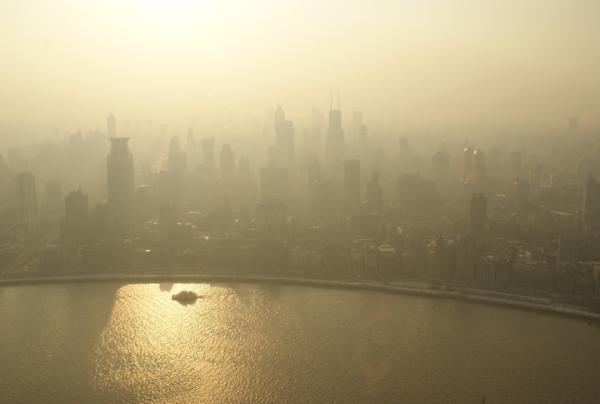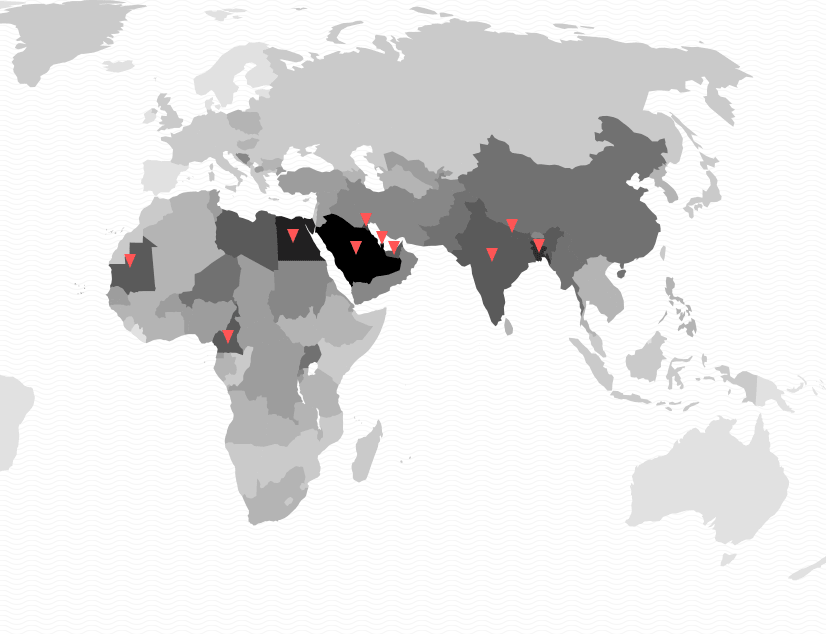Mapped: The World's Most Polluted Countries
- April 14 2017
- 3 min read
Mapped: The World's Most Polluted Countries

If you remember watching Leonardo DiCaprio's documentary on climate change last year, you might recall his visit to Beijing where he witnessed mind-blogging smog throughout the city and learned from experts how citizens viewing pollution data had helped shift public attitudes towards the environment.
China is the world's largest emitter of greenhouse gasses, yet Decaprio predicts that China could one day be 'the hero of the environmental movement.' And perhaps he's right.
Even though China is also the world's largest coal user and producer, it was surprisingly outranked by 15 other countries that are more polluted, according to a report by the World Health Organisation (WHO). Nevertheless, China still took the #16 spot on the list. Below is a look at the top 20 most polluted countries. How does your country compare?
Middle-Eastern oil-rich countries dominate the top ten spaces on the most polluted list:
1. Saudi Arabia, particle matter level of 108.
2. Qatar, particle matter level of 103.
3. Egypt, particle matter level of 93.
4. Bangladesh, particle matter level of 84.
5. Kuwait, particle matter level of 75.
6. Cameroon, particle matter level of 65.
7. Mauritania particle matter level of 65.
8. Nepal, particle matter level of 64.
9. The United Arab Emirates, particle matter level of 64.
10. India, particle matter level of 62.
WHO data confirms that 3 million deaths a year are linked to air pollution. Close to 90 percent of air-pollution-related deaths occur in low-and-middle-income countries – with nearly 2 out of 3 occurring in South-East Asia and Western Pacific regions.

11. Libya, particle matter level of 61.
12. Bahrain, particle matter level of 60.
13. Pakistan, particle matter level of 60.
14. Niger, particle matter level of 59.
15. Uganda, particle matter level of 57.
16. China, particle matter level of 54.
17. Myanmar, particle matter level of 51.
18. Iraq, particle matter level of 50.
19. Bhutan, particle matter level of 48.
20. Oman, particle matter level of 48.
These countries top the list given their higher rates of particulate matter in the air we breathe (particles that can affect our heart and lungs and cause serious health effects). An interactive map produced by Eco2Greetings reveals the median rate of particular matter across 184 countries.
With 92 percent of the world's population living in places where air quality levels exceed WHO limits, these findings shouldn't be taken lightly. It's important that more and more countries use satellites to monitor air pollution and better understand the necessary steps that need to be taken in order to reduce toxic exposures and human death tolls.
Gain access to Orders, Tracking, Custom Options and Much More!